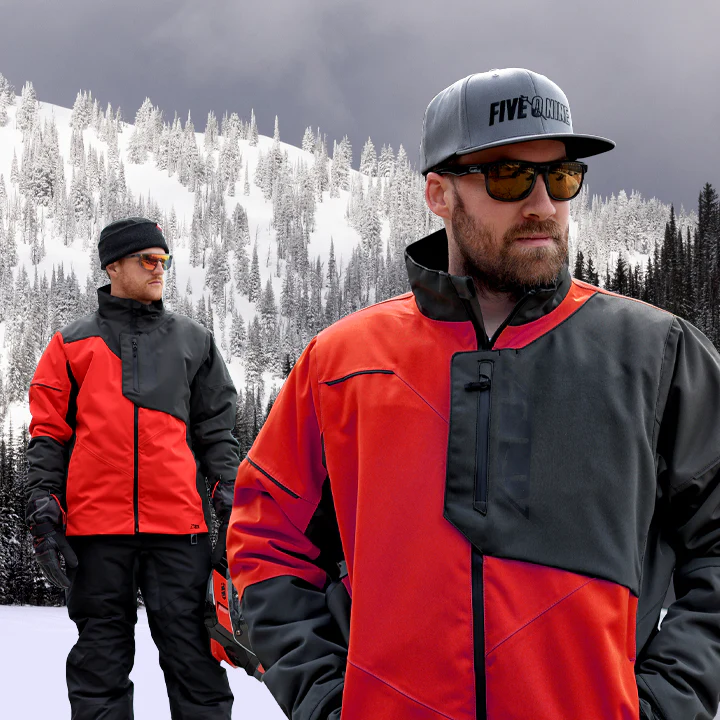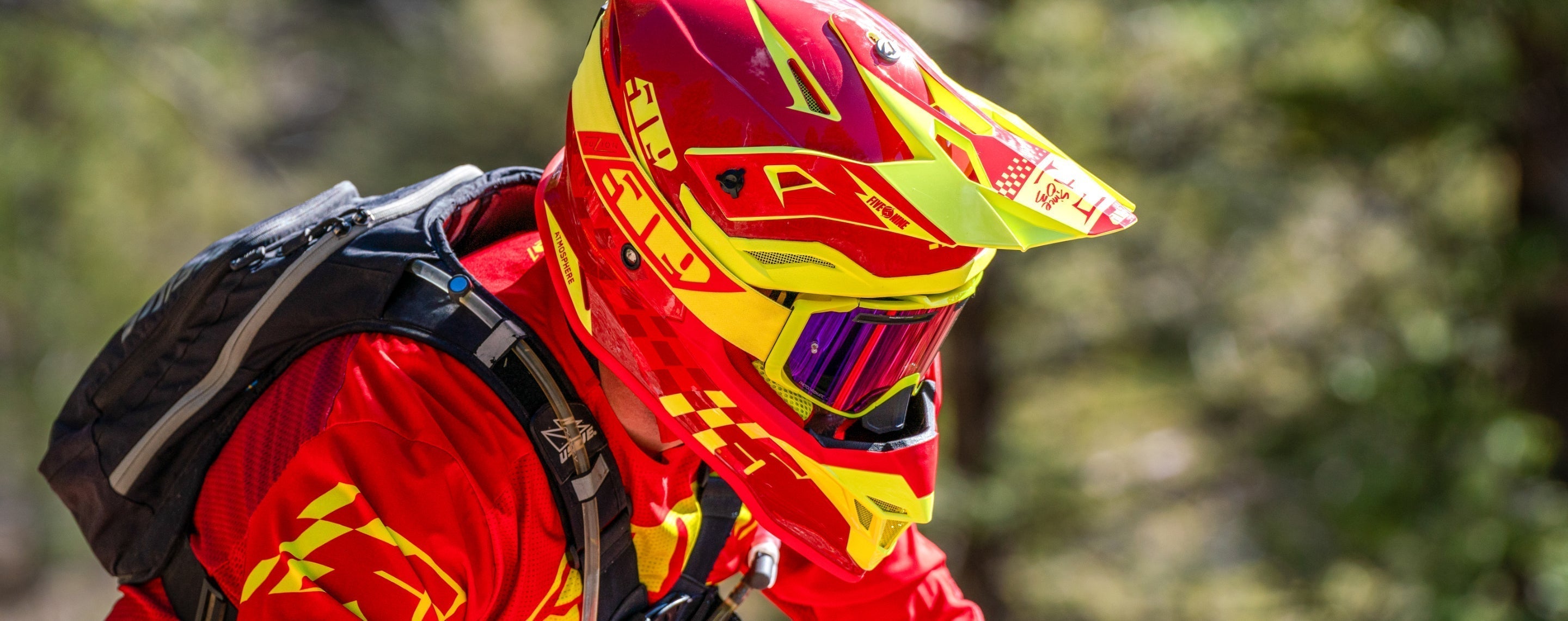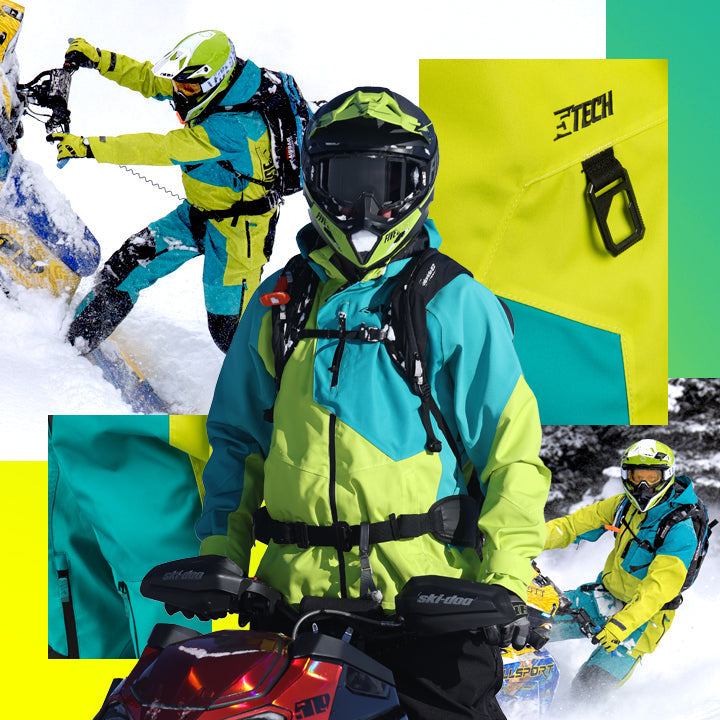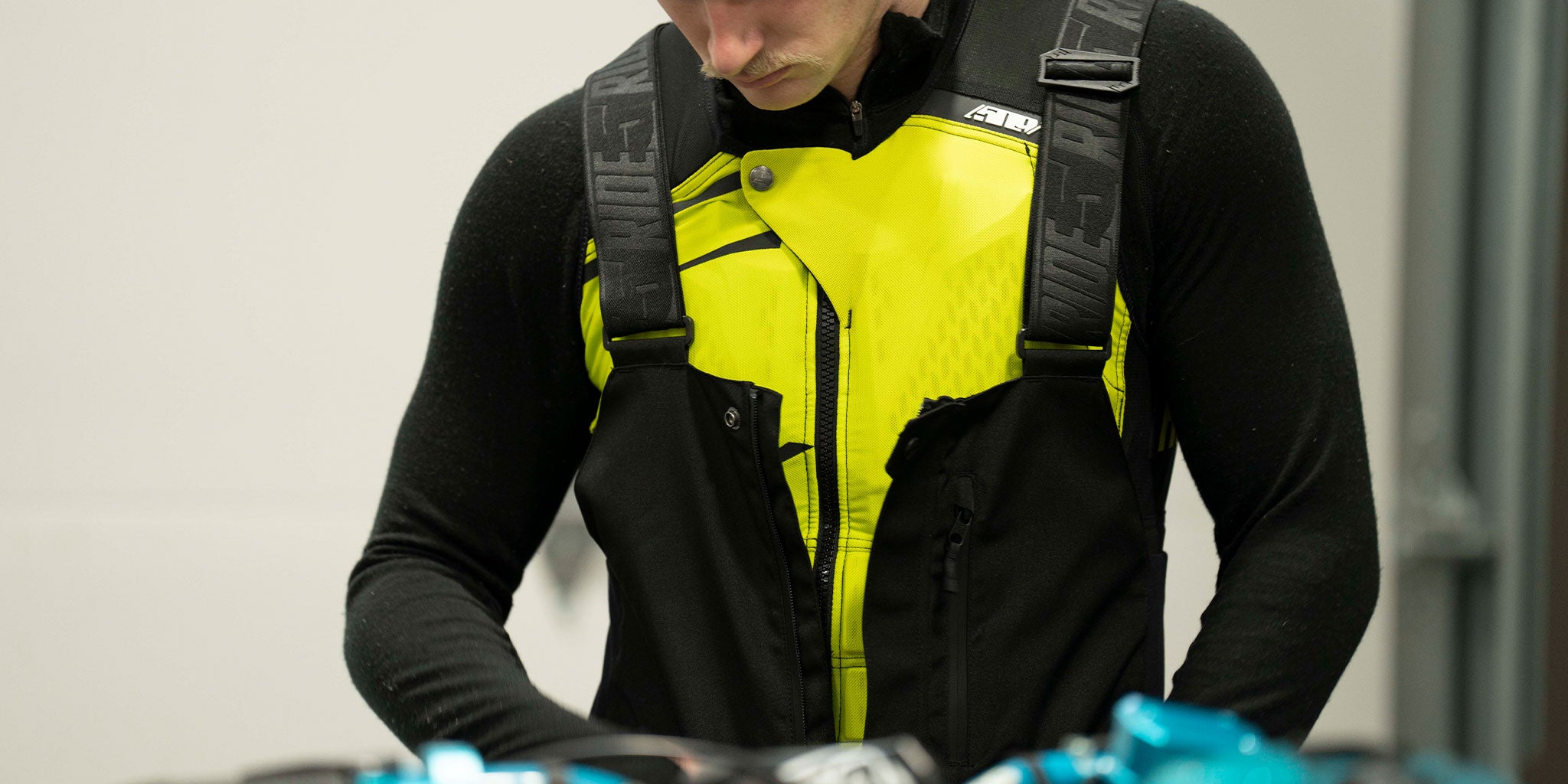
What is the difference between 10k/10k and 20k/20k?
When it comes to snowmobiling, having waterproof outerwear is crucial to stay dry and comfortable in wet and snowy conditions. Waterproof ratings, such as 10k/10k and 20k/20k, play a significant role in determining the level of protection offered by your gear. Let's explore the difference between these ratings and why they are essential for snowmobiling.
The first number in the rating, such as 10k or 20k, refers to the water column pressure. It represents the amount of water in millimeters that can be exerted on the fabric before water starts to penetrate through it. For example, a garment with a 10k rating can withstand a water column pressure of 10,000mm before water permeates the material. Similarly, a garment with a 20k rating offers even higher waterproofness, as it can withstand 20,000mm of pressure.
The second number in the rating, also 10k or 20k, refers to breathability. It indicates the amount of moisture in grams that can pass through a square meter of fabric in a 24-hour period. This measurement is crucial for snowmobiling as it allows moisture generated by your body to escape from the inside of the garment. Higher breathability ratings mean better moisture management, reducing the chances of feeling clammy and uncomfortable during intense physical activity.
So, why are these ratings important for snowmobiling? Snowmobiling often involves exposure to snow, ice, and wet conditions. Having outerwear with a higher waterproof rating provides superior protection against water penetration, keeping you dry and preventing the insulation from getting wet. This is particularly crucial in snowmobiling, where extended periods of exposure to moisture can lead to discomfort and even hypothermia.
Furthermore, snowmobiling is an active sport that generates body heat and perspiration. Opting for outerwear with a higher breathability rating allows moisture to escape, preventing the buildup of sweat and ensuring optimal comfort during your rides. Proper moisture management is vital in cold weather conditions, as being wet from sweat can quickly lead to a drop in body temperature and discomfort.
It's worth noting that in addition to waterproof ratings, all 509 outerwear, including 10k/10k and 20k/20k garments, also have a Durable Water Repellent (DWR) treatment. This treatment further enhances the waterproofness of the outerwear by providing a protective barrier on the fabric surface. The DWR treatment helps water bead up and roll off, preventing it from saturating the fabric.
For more information on DWR visit the article: What is DWR?
In conclusion, the difference between 10k/10k and 20k/20k waterproof ratings lies in the level of water resistance and breathability. Higher ratings offer increased protection against water penetration and improved moisture management. For snowmobiling, where exposure to wet and snowy conditions is common, choosing outerwear with a higher waterproof rating ensures superior protection and comfort. Additionally, the inclusion of a DWR treatment in 509 outerwear further enhances the waterproofness of the garments. By investing in gear with appropriate waterproof ratings and DWR treatment, you can enjoy your snowmobiling adventures with confidence and stay dry even in challenging weather conditions.



